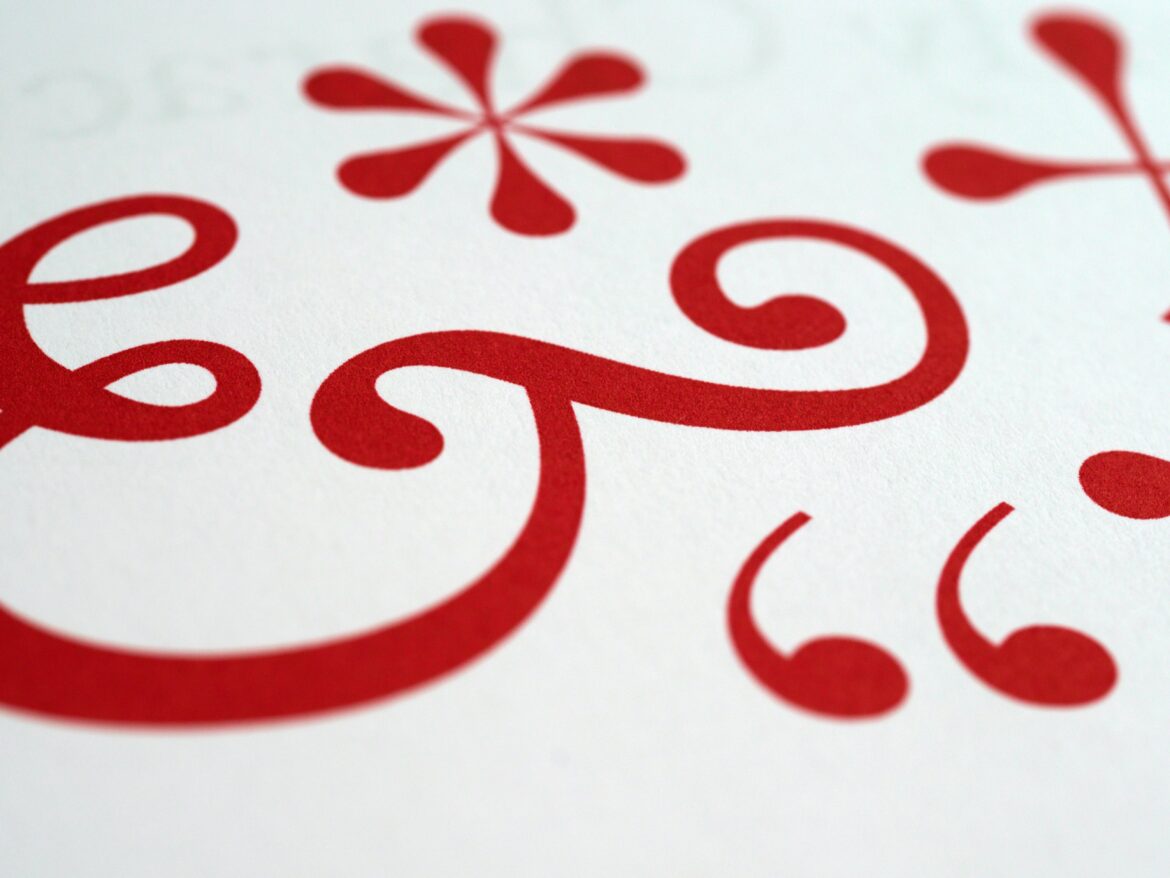Apostrophes – they’re small but mighty punctuation marks that can make all the difference in the world of writing. Don’t let their size fool you, because these tiny curvy symbols can heighten your research, but can also convey absolutely absurd meanings if used incorrectly. Let’s see how to prevent misplaced apostrophes in your research writing.
What is an apostrophe?
An apostrophe is a punctuation mark that is used to indicate possession or to show the omission of one or more letters in a word. It is a small curved symbol ( ‘ ) that is placed above or below the letters it affects.
Use of apostrophes in contractions
A contraction is a combination of two words that have been shortened by combining them with an apostrophe. Common contractions include: “don’t,” “can’t,” and “won’t.” The apostrophe replaces the missing letters in the contraction and shows where the words have been shortened. For example,
- They’re coming over for dinner. (They are coming over for dinner)
- Isn’t it a beautiful day today? (Is it not a beautiful day today?)
- Don’t forget to bring your umbrella. (Do not forget to bring your umbrella)
- Can’t we just stay home tonight? (Cannot we just stay home tonight?)
- Won’t you join us for lunch? (Will you not join us for lunch?)
- Shouldn’t we start preparing for the exam? (Should we not start preparing for the exam?)

Use of apostrophes for possession
An apostrophe is also used to show possession, indicating that one thing belongs to another. To show singular possession, the apostrophe is placed before the “s”. For example, “the cat’s whiskers.” To show plural possession, the apostrophe is placed after the “s”. For example, “the cats’ whiskers.”
These examples will make it clear.
- The cat’s whiskers were twitching. (The whiskers belong to the cat)
- The cats’ whiskers were twitching. (The whiskers belong to the cats)
- The boy’s hat was lost. (The hat belongs to the boy)
- The boys’ hats were lost. (The hats belong to the boys)
- The girl’s dress was torn. (The dress belongs to the girl)
- The girls’ dresses were torn. (The dresses belong to the girls)
- The dog’s tail was wagging. (The tail belongs to the dog)
- The dogs’ tails were wagging. (The tails belong to the dogs)
Examples of some misplaced apostrophes
Correct: The octopus’ tentacles were long and spiky.
Incorrect: The octopus’s tentacles were long and spiky.
Correct: Children’s games were seen in abundance at the store.
Incorrect: Childrens’ games were seen in abundance at the store.
Correct: She’s on her way to the doctor’s.
Incorrect: She’s on her way to the doctor.
In conclusion, the apostrophe is punctuation mark that plays a crucial role in the clarity and meaning of your writing. Misplaced apostrophes can take your research closer to desk rejection, so beware as you use them!
Paperpal is a comprehensive AI writing toolkit that helps students and researchers achieve 2x the writing in half the time. It leverages 21+ years of STM experience and insights from millions of research articles to provide in-depth academic writing, language editing, and submission readiness support to help you write better, faster.
Get accurate academic translations, rewriting support, grammar checks, vocabulary suggestions, and generative AI assistance that delivers human precision at machine speed. Try for free or upgrade to Paperpal Prime starting at US$19 a month to access premium features, including consistency, plagiarism, and 30+ submission readiness checks to help you succeed.
Experience the future of academic writing – Sign up to Paperpal and start writing for free!

